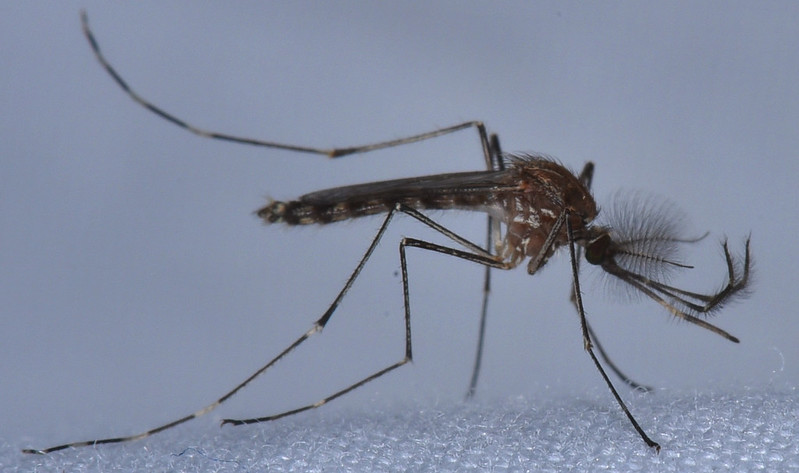Argentina has reported a rare human case of Western equine encephalitis (WEE), the first in more than two decades, the World Health Organization (WHO) said yesterday. The announcement follows a recent warning from the Pan American Health Organization (PAHO) about the potential threat to human health following detections of WEE in horses in several Argentina locations as well as some sites in Uruguay.

Birds are the main hosts of the virus, which can pass to horses and, occasionally, humans through infected mosquitoes. In humans, WEE infections range from the asymptomatic or moderate level to a severe form that includes aseptic meningitis and encephalitis. People who work or recreate outdoors in areas where the disease is endemic or outbreaks are occurring in animals are at higher risk of disease.
Argentina's last cases occurred in 1982 and 1983 in equine outbreak settings. It reported an isolated case in 1996.
The latest patient is man from Santa Fe province whose symptoms, such as headache, myalgia, dizziness, and fever, began on November 19. He was hospitalized on November 24 and was admitted to the intensive care unit and placed on mechanical ventilation during the 12-day stay. He was discharged to home monitoring on December 20.
An investigation into the source of his illness found that the man was a rural worker in an area where horses had tested positive for WEE infection.









